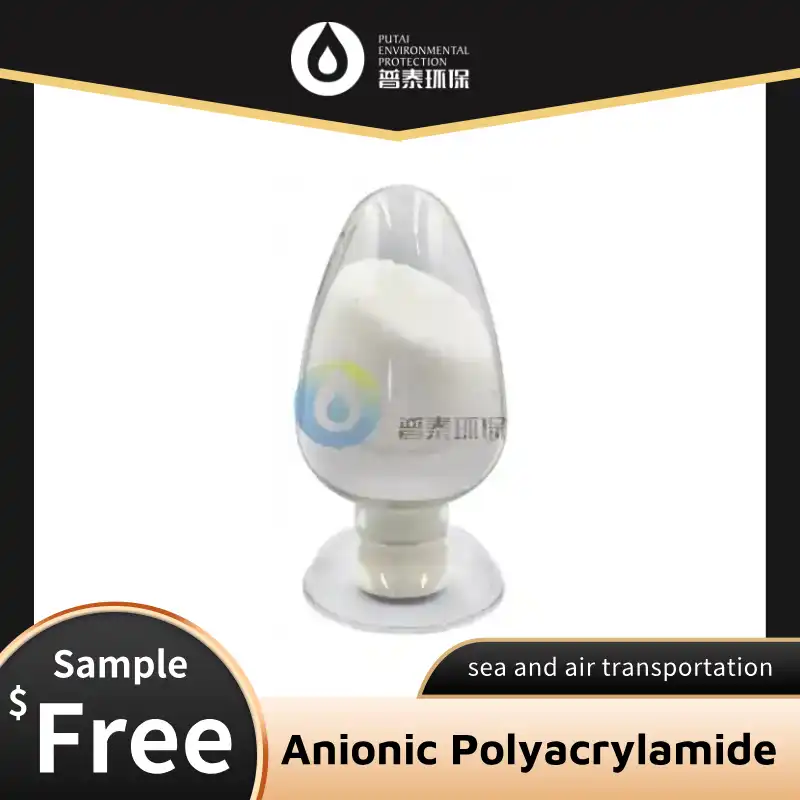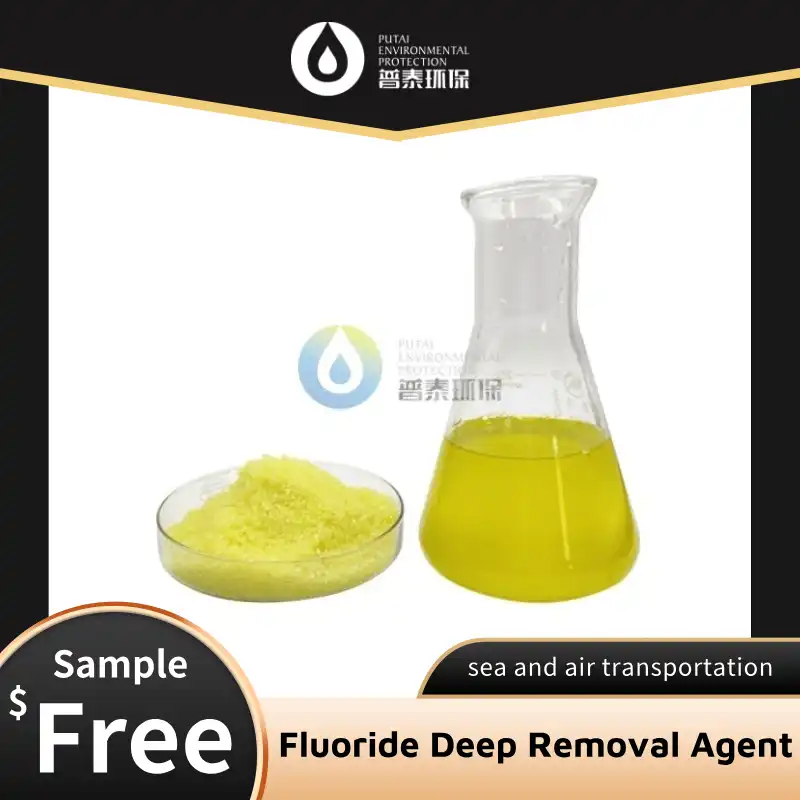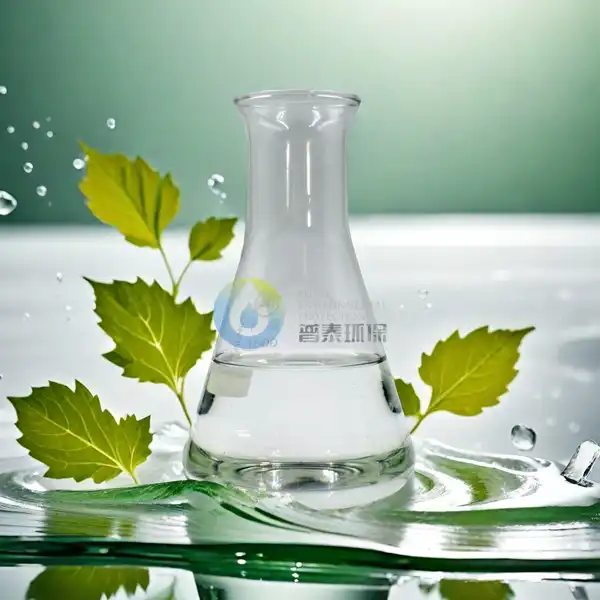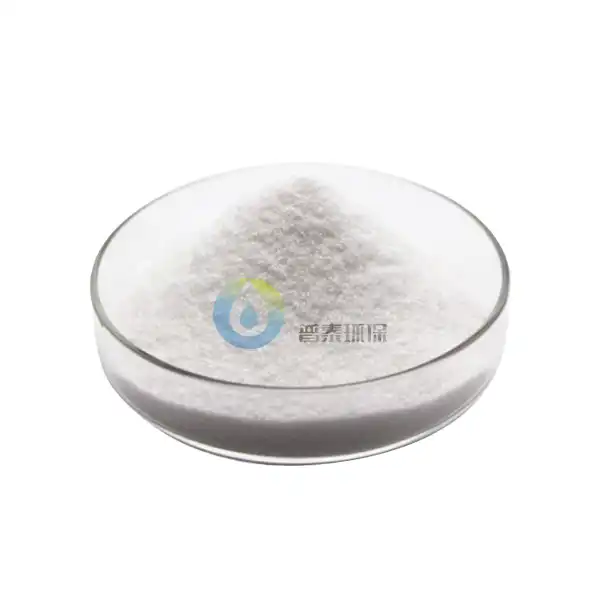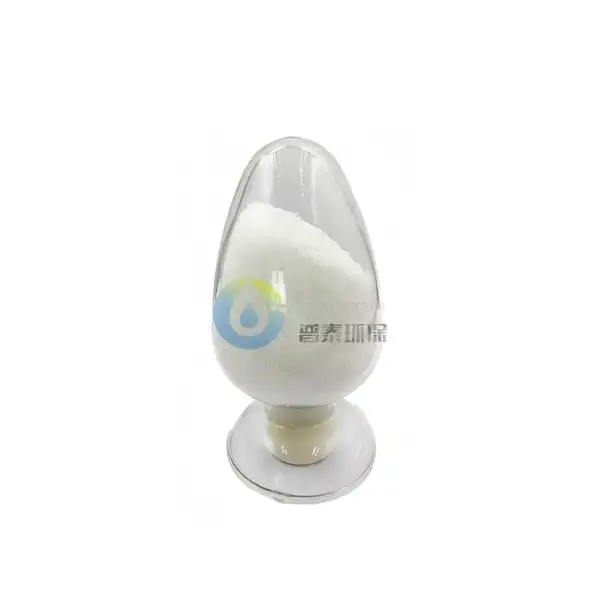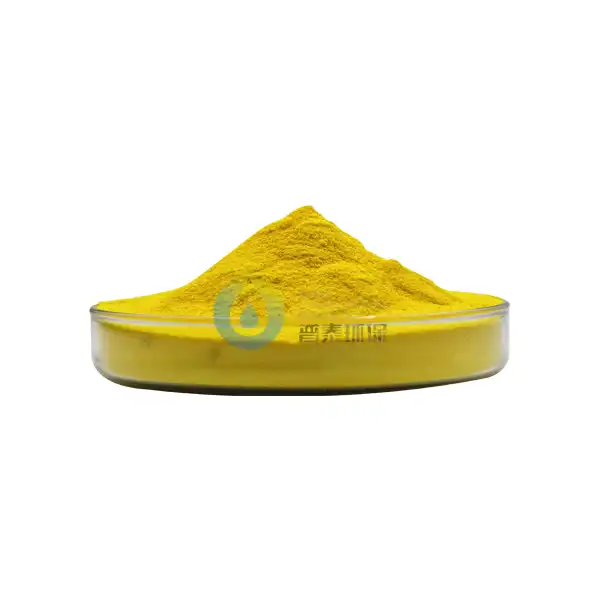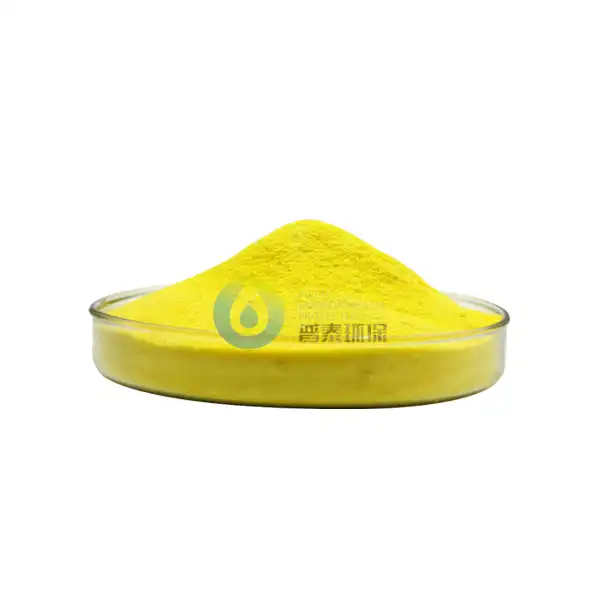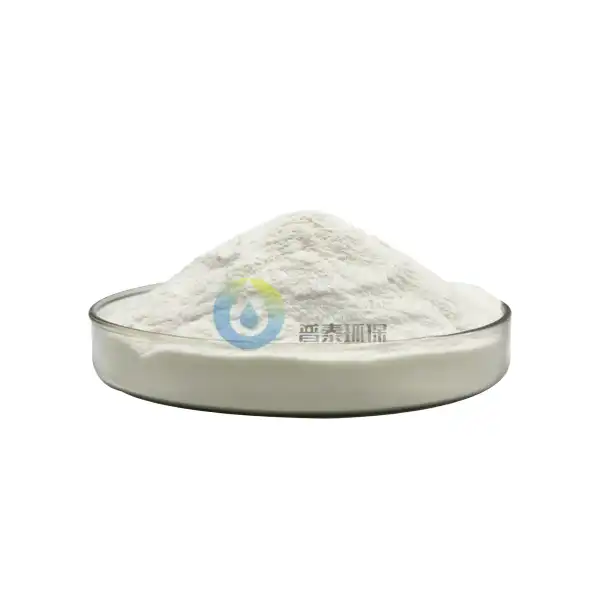What Precautions Should be Taken When Handling White Al2O3 Thickener?
White Al2O3 Thickener, a form of aluminum oxide, is widely used in industry for controlling viscosity and thickening products. Like many industrial materials, it requires careful handling to protect workers and maintain its quality. Following the right precautions is essential for safety and regulatory compliance. This involves using protective gear, proper storage, safe handling methods, and knowing emergency procedures. Not following safety rules can lead to health issues and work disruptions. This guide covers the key precautions for handling White Al2O3 Thickener, helping to create a safe and productive work environment. Following these steps allows for effective use of the material while reducing risks.
What Personal Protective Equipment (PPE) is Essential When Working with White Al2O3 Thickener?
Using the correct Personal Protective Equipment (PPE) is crucial when handling chemicals like White Al2O3 Thickener. The specific gear needed varies with the task, exposure risk, and form of the thickener, but basic protection against dust, skin, and eye contact is always advised. Following PPE rules protects workers and fosters a safety-conscious workplace. Choosing, using, and caring for PPE are vital for safety when handling White Al2O3 Thickener.
Importance of Respiratory Protection
Handling White Al2O3 Thickener, particularly as a powder, can create airborne dust. Breathing in these particles might cause respiratory irritation, especially with high or long-term exposure. Therefore, using respiratory protection is a key safety step. The required protection level depends on dust levels and the task. For dusty jobs like scooping or mixing, a NIOSH-approved respirator (like an N95 or one with P-type filters if oils are present) is necessary. A proper fit is crucial for effectiveness. A full respiratory protection program, including fit-testing and training, should be in place. Safely using White Al2O3 Thickener involves assessing inhalation risks and choosing suitable protection for worker health. Always check the Safety Data Sheet (SDS) for specific advice.
Necessity of Eye and Face Protection
Protecting eyes and face is vital when handling White Al2O3 Thickener. The fine powder can easily get into the air and irritate or injure eyes. Direct contact may cause irritation and redness. If splashing a mixture containing the thickener is possible, chemical irritation is also a risk depending on other ingredients. Safety glasses with side shields are the minimum for most tasks. For dustier work or where splashes might occur, chemical safety goggles provide better protection by sealing around the eyes. In some situations, like handling large amounts, a full-face shield over goggles might be needed for complete protection. Ensuring eye and face protection is available, maintained, and used consistently is essential when working with White Al2O3 Thickener.
Role of Protective Clothing and Gloves
Preventing skin contact is important when handling White Al2O3 Thickener. Although not highly hazardous via skin absorption, extended contact with the powder can lead to dryness, irritation, or dermatitis for some people. Wearing protective clothing like long-sleeved shirts, pants, or coveralls minimizes skin exposure. Choose materials suitable for the task. Protective gloves are also essential. Chemically resistant gloves, such as nitrile or neoprene, are usually a good choice. Select gloves based on the task, contact time, and any other chemicals present if White Al2O3 Thickener is in a mixture. Check gloves for damage before use and wash hands thoroughly after handling, even if gloves were worn. Using protective clothing and gloves creates a barrier, protecting skin while working with White Al2O3 Thickener.
How Should White Al2O3 Thickener Be Stored and Handled to Ensure Safety?
How White Al2O3 Thickener is stored and handled greatly affects safety and product performance. Proper storage prevents contamination and degradation, while safe handling reduces worker exposure and prevents spills. Good storage and handling rules are needed to keep the workplace safe and ensure the thickener works correctly. These rules should cover storage location, container condition, and how the material is moved and used. Careful attention to these details is necessary when using White Al2O3 Thickener.
Proper Container and Storage Area Requirements
Correctly storing White Al2O3 Thickener is key for safety and effectiveness. Keep it in tightly sealed original or suitable labeled containers to block moisture and contamination, which can harm its thickening ability. Store containers in a cool, dry, well-ventilated place, away from sunlight and heat. It is important to store White Al2O3 Thickener separate from incompatible materials. While aluminum oxide is fairly stable, check the Safety Data Sheet (SDS) for specific incompatibilities – strong acids or bases might be an issue depending on the product, though Al2O3 itself is quite inert. The storage area must be clean, organized, and able to contain spills. Clear labeling with hazard warnings and contents on all containers is essential for maintaining the quality of White Al2O3 Thickener.
Safe Handling Techniques to Minimize Exposure
Minimizing direct contact and dust is crucial when handling White Al2O3 Thickener. Use scoops or tools to transfer powder instead of pouring from large containers if it makes a lot of dust. Handle containers carefully to prevent dropping or damage. When adding the thickener to liquids, do it slowly to avoid splashes and dust. Using "wet methods," like dampening surfaces before cleaning or using the thickener as a slurry, can also cut down on dust. Good housekeeping is vital; clean spills quickly using methods that don’t spread dust (like a HEPA vacuum or wet sweeping). Train workers on these safe handling techniques for White Al2O3 Thickener so they know how to work with minimal exposure risk, creating a safer environment.
Importance of Ventilation in Handling Areas
Good ventilation is a critical safety measure for handling White Al2O3 Thickener, especially where dust is created. General ventilation helps dilute and remove airborne dust, lowering exposure. For tasks with significant powder handling, local exhaust ventilation (LEV) is usually better. LEV systems capture dust near its source, keeping it out of the work area. Examples are ventilated booths, fume hoods, or suction arms near where dust is made (like bag opening or transfer points). Check and maintain ventilation systems regularly. Proper ventilation reduces the need for high-level respiratory protection and is essential for a safe environment when handling White Al2O3 Thickener, protecting workers from breathing in harmful particles.
What are the First Aid and Emergency Procedures for Exposure to White Al2O3 Thickener?
Even with precautions, accidental exposure to White Al2O3 Thickener might happen. Clear first aid and emergency plans are therefore essential. Knowing how to react quickly to skin or eye contact, inhalation, or ingestion can reduce harm. Being ready for spills is also important to contain the situation. All staff handling White Al2O3 Thickener must be trained on these procedures, and first aid kits and spill control items should be easy to access.
Immediate Steps for Skin and Eye Contact
If White Al2O3 Thickener touches the skin, remove contaminated clothes and wash the area well with soap and water. While usually not very irritating, washing quickly prevents potential dryness or irritation from long contact. If irritation occurs or continues, get medical help. For eye contact, immediate and thorough rinsing is vital. Flush eyes with plenty of clean, lukewarm water for at least 15 minutes, keeping eyelids open. An eyewash station should be nearby where White Al2O3 Thickener is handled. After flushing, get medical attention, even if it seems minor, to check for remaining particles or injury. Fast, correct first aid for skin and eye exposure to White Al2O3 Thickener reduces discomfort and prevents serious issues.
Actions to Take in Case of Inhalation
If someone inhales a lot of White Al2O3 Thickener dust, move them to fresh air right away. If they have trouble breathing, are coughing, or show other respiratory symptoms, get medical help quickly. Let the person rest in a comfortable position, like sitting up, to help breathing. Trained staff might give oxygen if needed, but a medical check is most important. Watch the person's breathing and condition while waiting for help. Preventing inhalation is best, but knowing these steps allows for a fast response if it happens. Tell medical staff about the substance, White Al2O3 Thickener, and show them the Safety Data Sheet (SDS) to help with treatment. Quick action after inhalation is crucial.
Procedures for Accidental Ingestion or Spills
Swallowing White Al2O3 Thickener is rare in industry but needs quick action. Do not make the person vomit unless told to by a doctor or poison control. Have them rinse their mouth and drink a little water if conscious and able. Get medical help right away, giving details about the substance (White Al2O3 Thickener) and how much was swallowed. For spills, contain and clean them up safely to stop spread and exposure. Block off the spill area. Wear proper PPE (respirator, gloves, eye protection). For dry powder, sweep or vacuum (HEPA-filter) carefully, reducing dust. Put collected material in a labeled container for disposal per regulations. For liquid spills with White Al2O3 Thickener, use absorbent materials to contain and collect, ensuring proper disposal.
Conclusion
To handle White Al2O3 Thickener safely, a comprehensive strategy is necessary. Always use the right Personal Protective Equipment, covering respiratory, eye, and skin protection. Follow correct storage and handling methods, like using sealed containers, proper areas, safe transfer, and good ventilation, to reduce exposure and keep the product effective. Also, be ready with clear first aid and spill procedures for quick responses to accidents. Following these precautions protects workers and allows for the responsible use of White Al2O3 Thickener.
Xi'an Putai Environmental Protection Co., Ltd. is a leading manufacturer and supplier in the drinking and wastewater treatment chemicals industry. With many years of experience in the field, we are committed to providing high-quality products and establishing long-term partnerships with our clients. Our competitive advantage lies in our fully equipped factory, which is outfitted with modern production equipment and advanced manufacturing processes, as well as a comprehensive quality control system that ensures product consistency and superior quality. Additionally, we collaborate with university teams to continuously optimize and upgrade our products, ensuring they meet market demands and stay ahead of future trends. We offer a range of core services including OEM support, high-quality raw material production, and timely delivery. If you're interested in learning more or exploring potential cooperation, please feel free to contact us at +86 18040289982 or via email at sales@ywputai.com. We look forward to the opportunity to work with you.
References
1. American Conference of Governmental Industrial Hygienists (ACGIH). Threshold Limit Values for Chemical Substances and Physical Agents & Biological Exposure Indices. Cincinnati, OH: ACGIH, 2023.
2. National Institute for Occupational Safety and Health (NIOSH). NIOSH Pocket Guide to Chemical Hazards. DHHS (NIOSH) Publication No. 2010-168c, 2010.
3. International Labour Organization (ILO). Safety in the use of chemicals at work: An ILO code of practice. Geneva: International Labour Office, 1993.
4. Occupational Safety and Health Administration (OSHA). Hazard Communication Standard, 29 CFR 1910.1200. Washington, D.C.: U.S. Department of Labor.
5. Lide, David R., ed. CRC Handbook of Chemistry and Physics, 90th Edition. Boca Raton, FL: CRC Press, 2009.
6. Hartwig, A. "Chapter 15 - Aluminum." In Handbook on the Toxicology of Metals, 4th Edition, edited by Gunnar F. Nordberg, Bruce A. Fowler, and Monica Nordberg, 513-530. Academic Press, 2015.

